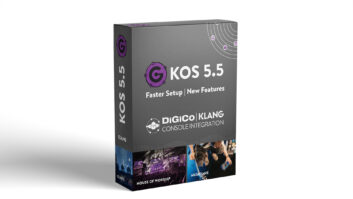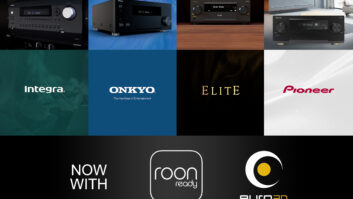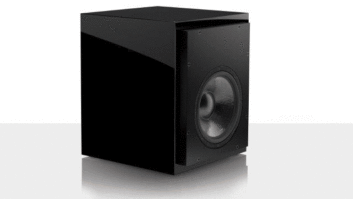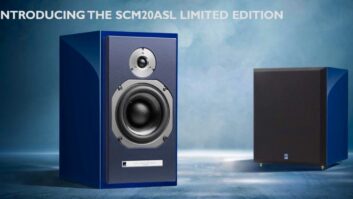Skullcandy, a company that started out making cellular and MP3 player headphones, is continuing to diversify with a focus on products for active users.
The company, founded by two entrepreneurs from the snowboarding and mountain bike industries, is expanding its fledgling selection of MP3 players and launching a line of backpacks with built-in speakers, controls and connections for MP3 players and cellular phones.
Skullcandy began offerings its first MP3 player through MusicLand last Christmas and is following up with a wristwatch MP3 player with a choice of embedded 1GB, 512MB and 256MB capacities at an everyday $299, $229 and $169, respectively. They’re already available in white or black on the company’s Web site.
The MP3 watch features an analog timepiece, voice recording, built-in USB, embedded lithium-ion battery for MP3 playback, data storage and decoding of WMA, MP3 and WAV files. It lacks a display but allows song selection via an up/down control and via a shuffle mode.
“They’re good for skiing and running because you don’t have to carry it or worry about hard-drive crashes,” said co-cofounder Cris Williams.
The watch and backpacks will be available to retailers in time for the fourth-quarter selling season.
The water-resistant backpacks double as personal MP3 boomboxes and hands-free cellular kits when MP3 players and cellphones are ensconced in their respective pouches and plugged in. The backpack features 3.5mm input for MP3 players and 2.5mm input for phones from LG, Motorola, Samsung, Kyocera, Panasonic and Sanyo. An adapter for Nokia phones is in the works.
The backpacks incorporate a microphone and stereo speakers on the shoulder straps. Four AA batteries amplify the speakers. Users plug in their own headphones. Shoulder-strap buttons control MP3 power and volume and answering the phone.
The first in the LinkPack backback series is due around September at an undetermined price for commuters and students. Separate versions for cyclists and skiers might be available by Christmas.
Also by Christmas, the company plans its first combination MP3/cellular headset that uses Bluetooth to cut the cord with cellphones. It’s said to be the industry’s first combination headset to use Bluetooth. The connection to MP3 players remains wired.
Among the company’s other products: a bi-amplified stereo headset with two drivers on each side. It uses two AA batteries to drive the low-bass driver and retails for a suggested $69.99.












